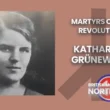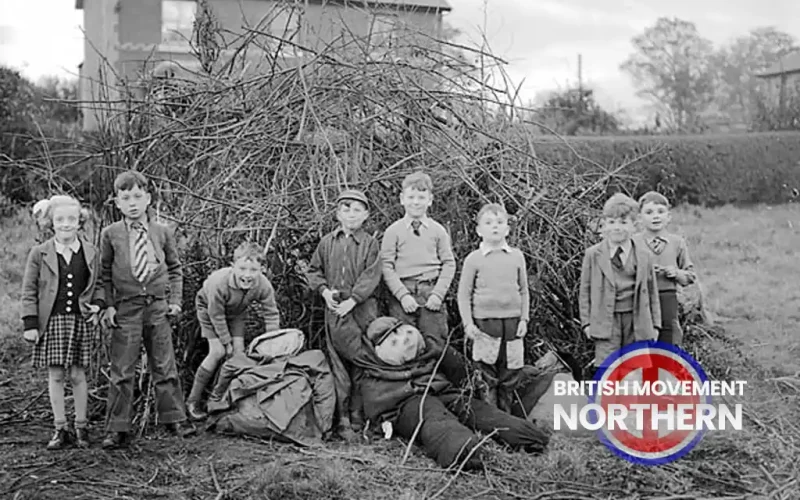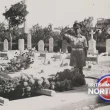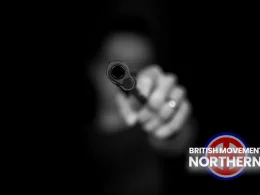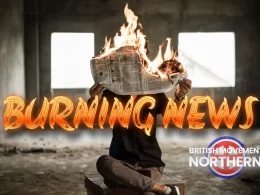The news that several large cities, including Manchester, Nottingham and Glasgow, have cancelled the Guy Fawkes Night celebrations this year comes as no surprise. Other smaller towns and localities have also scrapped their annual festivals, including Darlington and Newburgh, West Lancashire. Folk traditions such as Bonfire Night are irrelevant to an ever-growing section of the population in multi-racial Britain.
“Remember, remember, the fifth of November, gunpowder, treason and plot! If you can’t give us one, we’ll take two; The better for us and the worse for you!”
English Folk Verse
Many local councils have given the reason for the cancellation as the increasing cost of fireworks. Long gone are the days when the main supplier of fireworks was a company called Standard Fireworks, established in 1891 by James Greenhalgh and based in Huddersfield, West Yorkshire.
Standard Fireworks also supplied the burning torches used by the National Front for a torchlit parade they held in the late 1970’s. In 1998, Black Cat Fireworks, a Chinese company, bought the business. Today China dominates the international market, supplying around 90% of the world’s fireworks.
Bonfire Night Memories
Up until the late 1960’s, most November 5th celebrations took place in back gardens and on waste land, with the youngsters being tasked with chumping for the big day. Chumping is a Yorkshire word meaning ‘to collect wood for bonfires on Guy Fawkes Day’.
The father’s job was usually to light the fire, with the mother keeping everybody fed with traditional food such as pie & peas and parkin. If you were lucky, you may also have had baked potatoes, placed in the embers at the side of the main fire and emerging, blackened by the ash, but when split open revealing the delicious potato inside. A knob of butter completed the feast.
Boxes of Standard fireworks were bought from the corner shop, and the rockets, catherine wheels*, roman candles*, jumpin jacks* and sparklers were enjoyed by all. The highlight of the evening (although it was usually a bit of a letdown!), was the burning of a homemade ‘guy’, made by filling old clothes with straw or old newspaper.
In recent years, due to ‘health and safety’ concerns, local authorities attempted to stamp out these traditional events by organising community bonfires, which were usually held in public parks, with council employees collecting the wood and building a fire many times larger than home-built ones. As intended, this would ultimately prove more attractive to busy parents than the traditional family fire and mixed box of fireworks.
Many councils have now decided to cancel Guy Fawkes Night displays due to financial constraints. The latest to declare that Bonfire Night had been cancelled was Nottingham City Council. It was reported that the removal of Bonfire Night from the council’s events calendar is expected to save them a meagre £33,000.
In contrast, councils across Britain are falling over themselves to throw tax-payers cash at Gay Pride festivals.
Research conducted by the Taxpayers’ Alliance (TPA) think tank found that the Greater London Authority was the highest spender, with City Hall spending £126,700 on grant funding, T-shirts and flags.
The GLA was followed by Surrey Council, where £93,065 was allocated to sponsoring and attending a Pride event, and the City of Wolverhampton Council specified that it spent £620 on “3km of rainbow bunting”.
In 2019, Blackpool Council bailed out that year’s Pride Festival with £68,000 of taxpayers’ cash. It said at the time that it was confident it would recoup the money, with £38,000 expected from sponsorship and other income and £30,000 by turning a profit at future events. Up to date it has only recouped £10,800 of the £68,000 given.
In Leeds, the local council is described as a ‘platinum sponsor’ of Leeds Gay Pride, along with Sainsbury’s, First Direct Bank and William Hill. Unfortunately, we do not have any financial details of the sponsorship. No doubt the cost to the taxpayer will be many times greater than the cost of putting on community bonfires across the city.
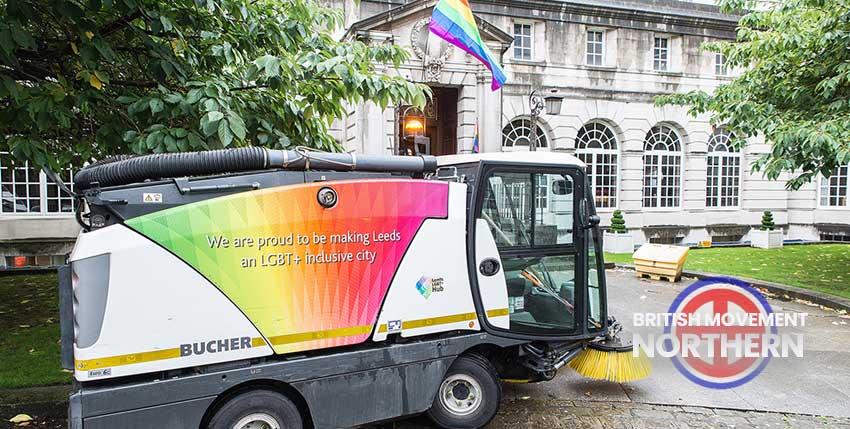
*Catherine Wheels: Saint Catherine, who was executed by being bound to a wheel and “broken” on it with hammers, was presumably the inspiration for this spinning firework.
*Roman Candle: Based on the myth that the Roman Emperor Nero used to set people on fire, and use them as “candles” at the arena.
*Jumpin Jack: Named after the mythical “Spring Heeled Jack” who terrorised London. Banned in the 1960’s. A health and safety nightmare!
Who Was Guy Fawkes?
For the benefit of our overseas readers, here is a short reference about Guy Fawkes taken from Wikipedia:
Guy Fawkes was born in 1570 in Stonegate, York.
Fawkes was sentenced to be hanged, drawn and quartered. However, at his execution on 31 January 1606, he died when his neck was broken as he was hanged, with some sources claiming that he deliberately jumped to make this happen; he thus avoided the agony of his sentence. He became synonymous with the Gunpowder Plot, the failure of which has been commemorated in the UK as Guy Fawkes Night since 5 November 1605, when his effigy is traditionally burned on a bonfire, commonly accompanied by fireworks.
On 5 November 1605, Londoners were encouraged to celebrate the King’s escape from assassination by lighting bonfires, provided that “this testemonye of joy be carefull done without any danger or disorder”. An Act of Parliament designated each 5 November as a day of thanksgiving for “the joyful day of deliverance”, and remained in force until 1859. Fawkes was one of 13 conspirators, but he is the individual most associated with the plot.
In Britain, 5 November has variously been called Guy Fawkes Night, Guy Fawkes Day, Plot Night, and Bonfire Night. Bonfires were accompanied by fireworks from the 1650s onwards, and it became the custom after 1673 to burn an effigy (usually of the pope) when heir presumptive James, Duke of York, converted to Catholicism.
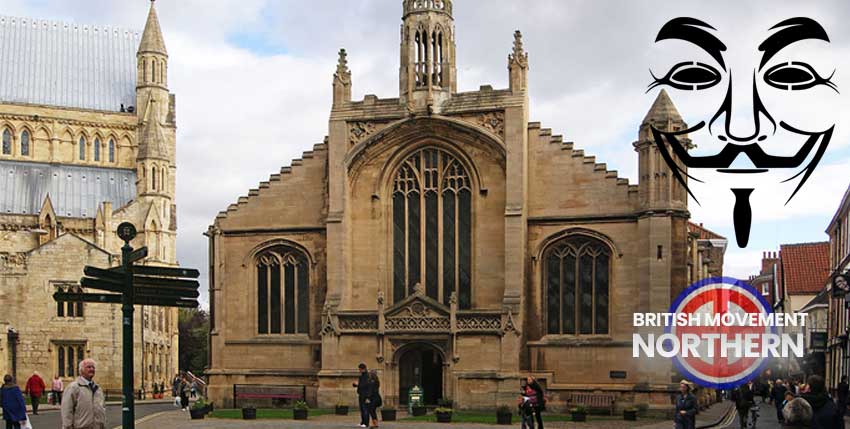
Resources:
Top Image: Children preparing for Guy Fawkes night celebrations (1954). Geoff Charles, CC0, via Wikimedia Commons.
Middle Image: Leeds City Council Pride photo shoot.
Lower Image: St Michael le Belfrey, York, next to York Minster (seen at left). Mtaylor848, CC BY-SA 3.0, via Wikimedia Commons.
The British Movement welcomes articles for possible inclusion on this site from members and supporters across the North of England. Please remember that we have to operate within the laws of this country – we will not include any content that is against the current laws of the United Kingdom. News reports should be topical and be relevant to the regions covered by this website.



